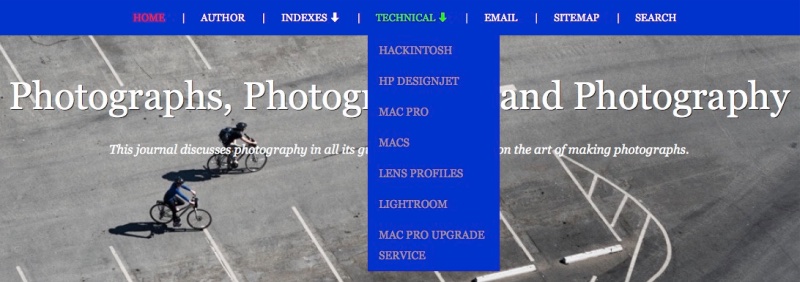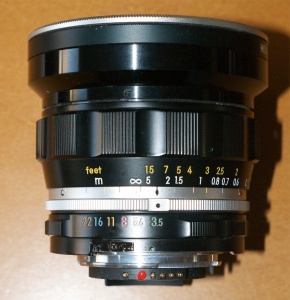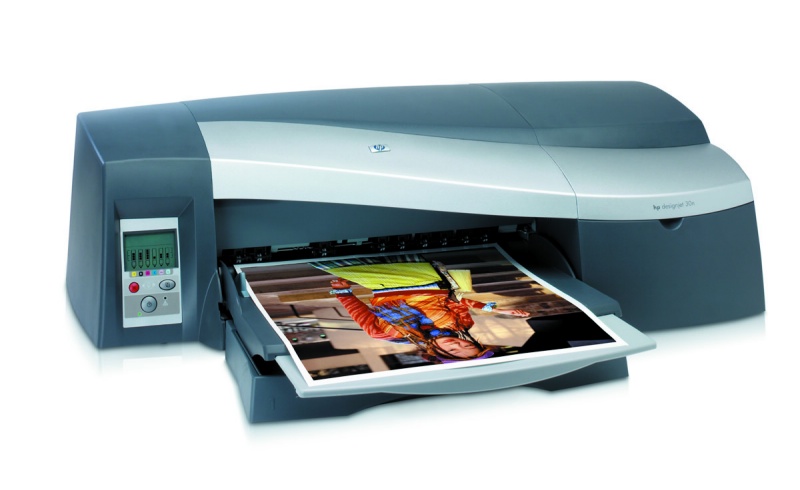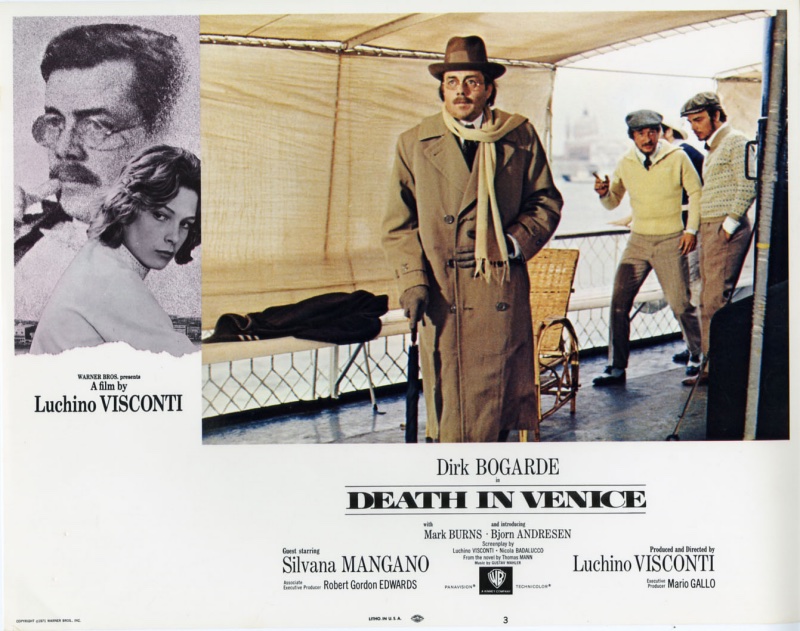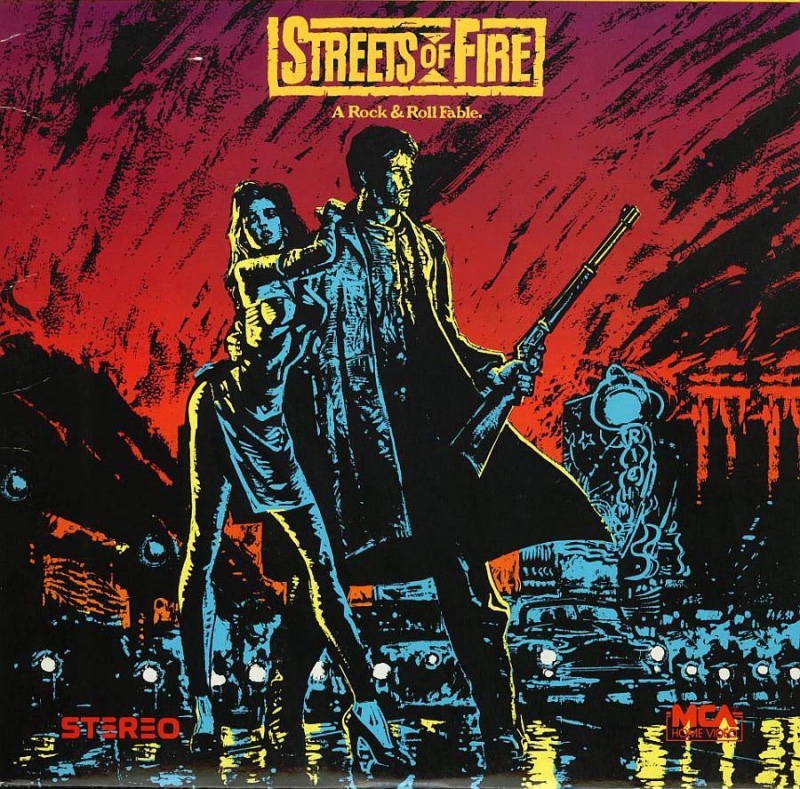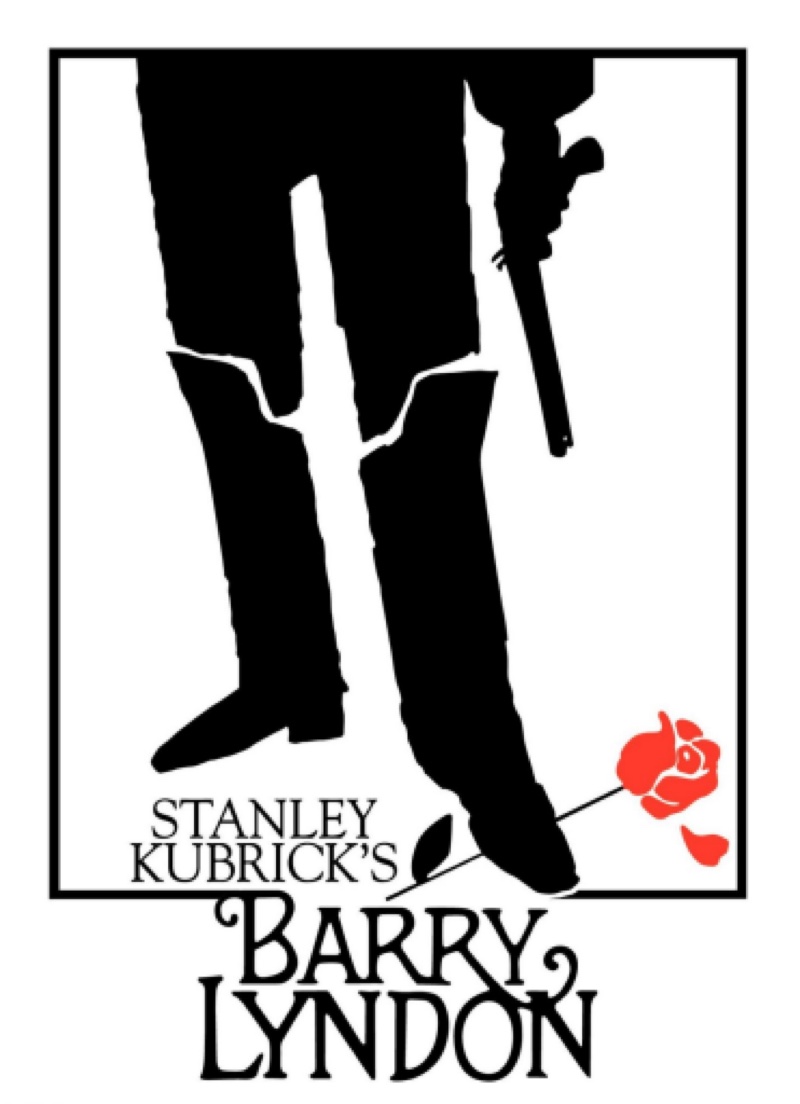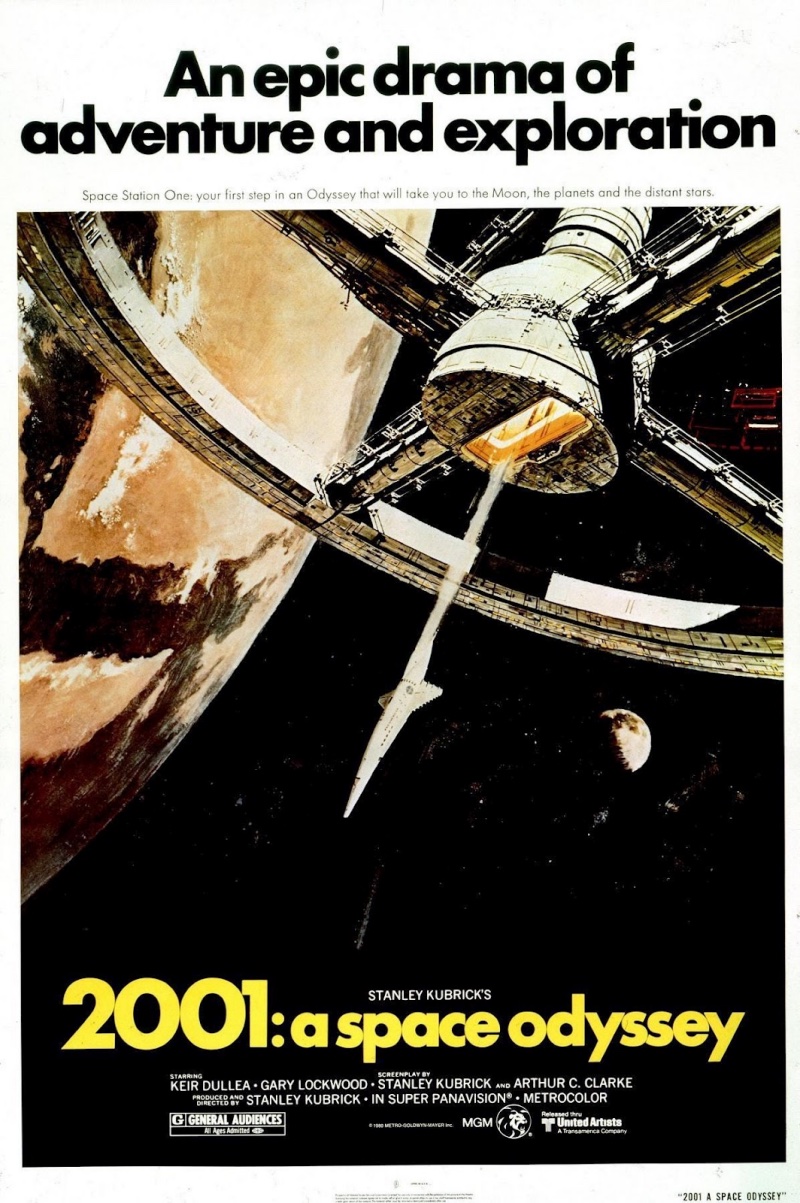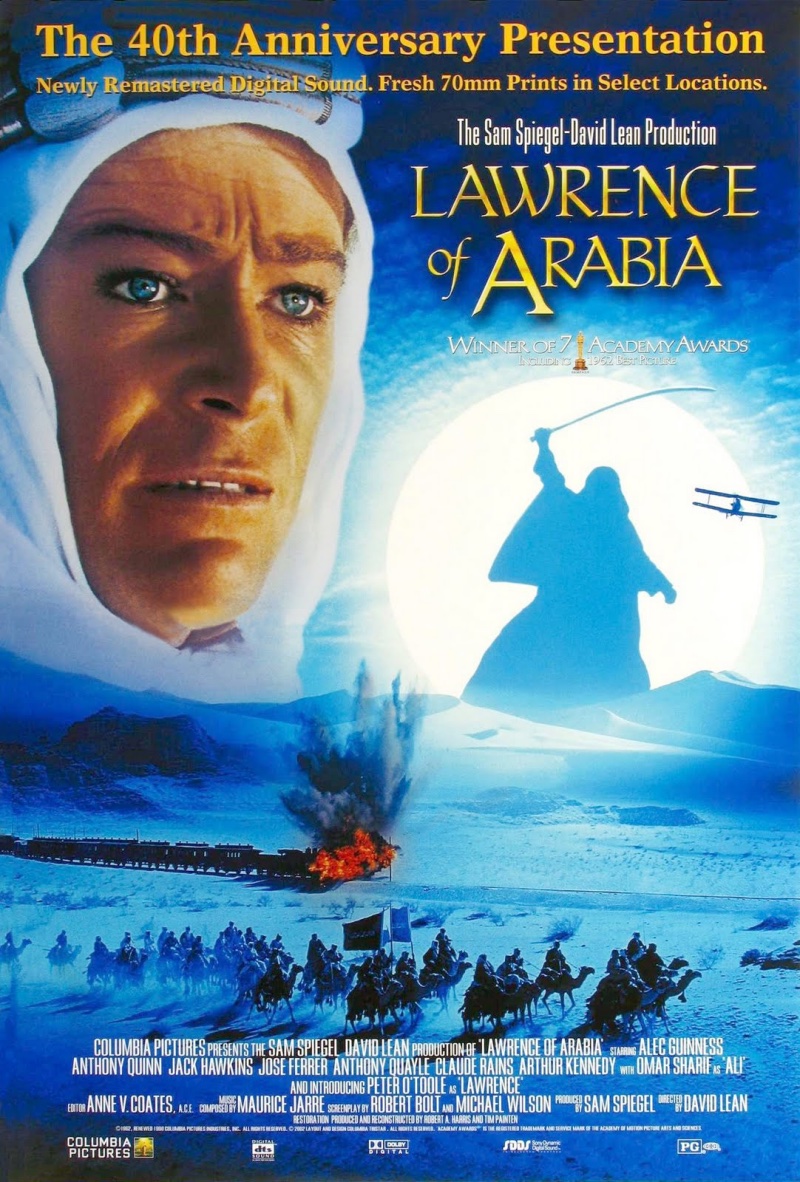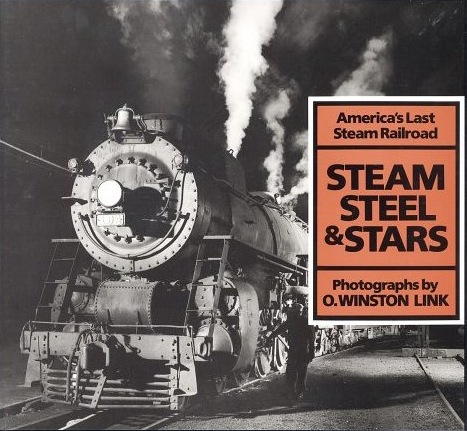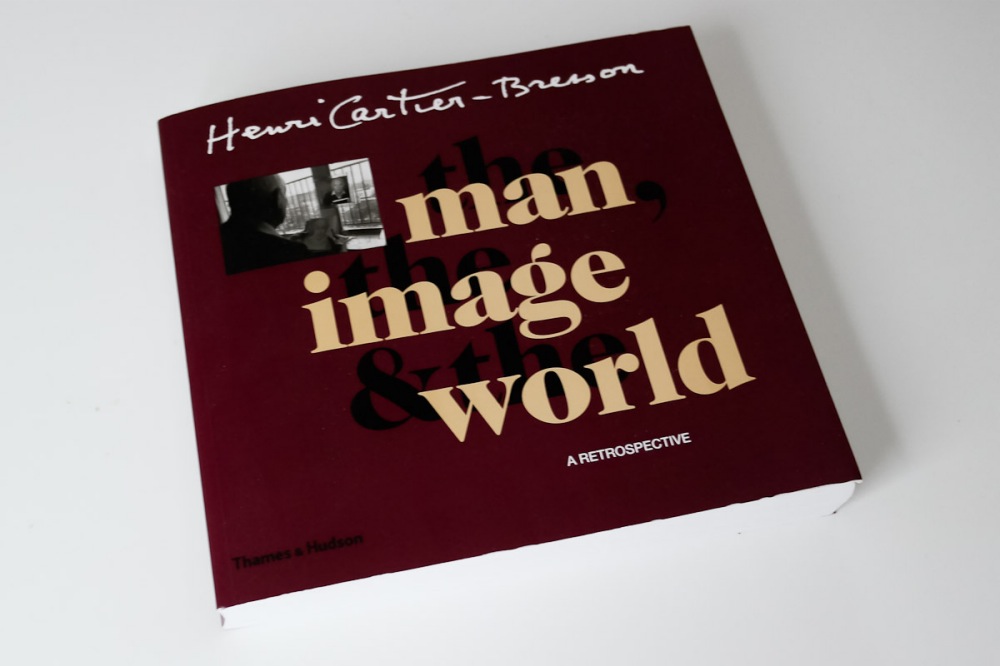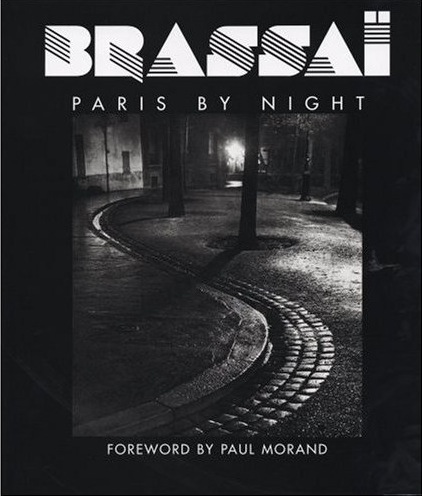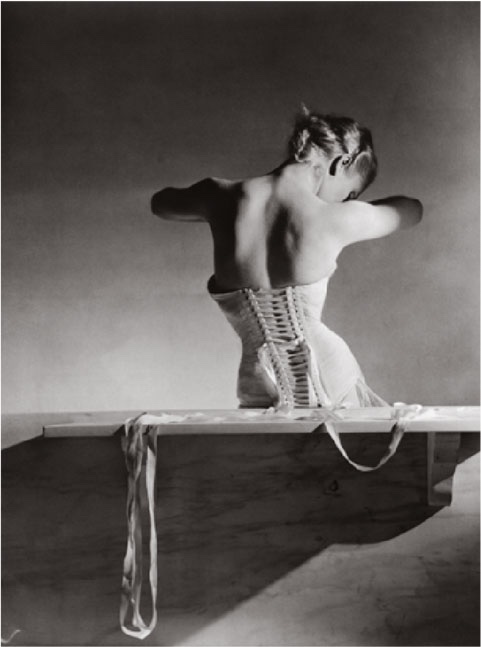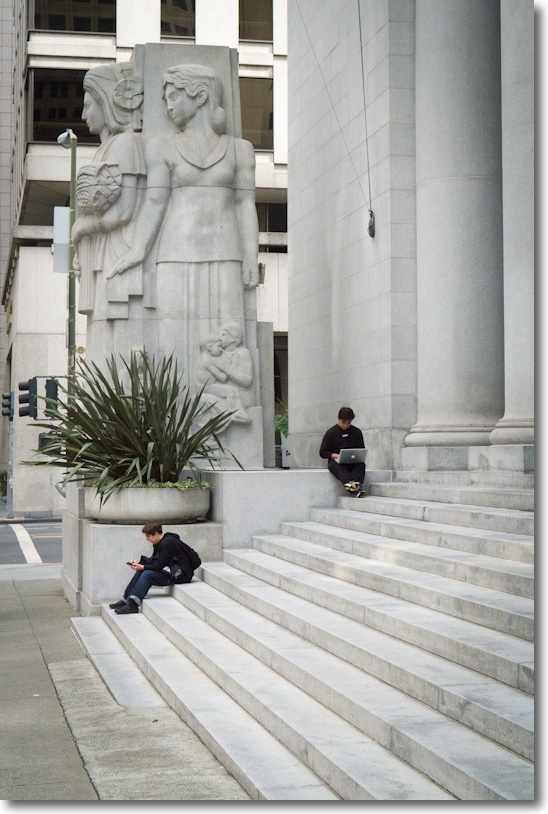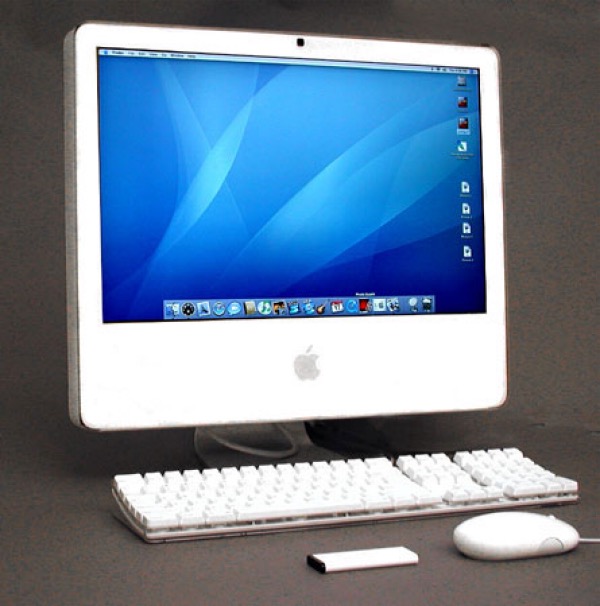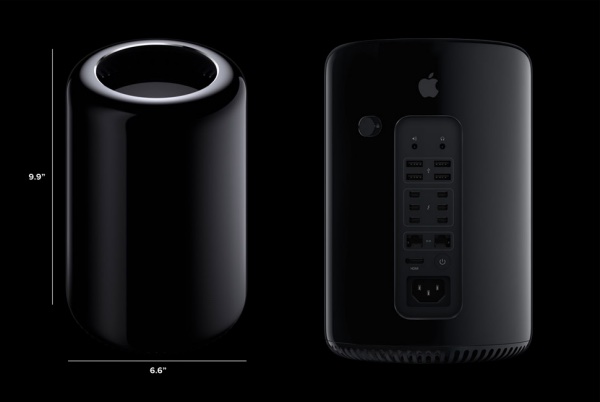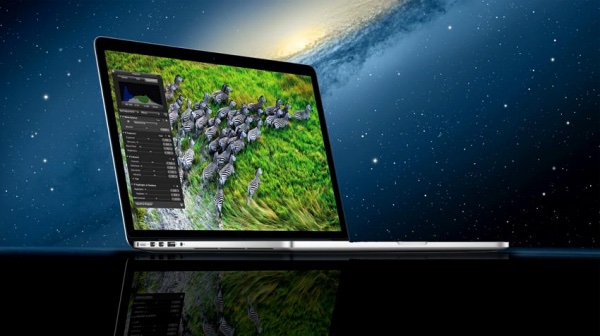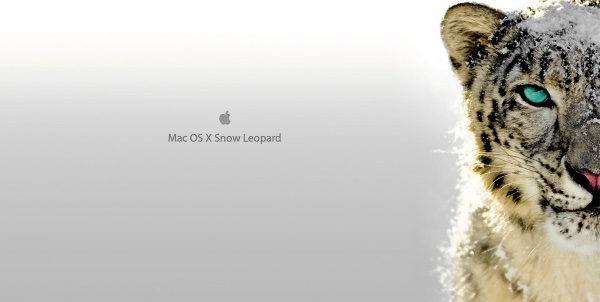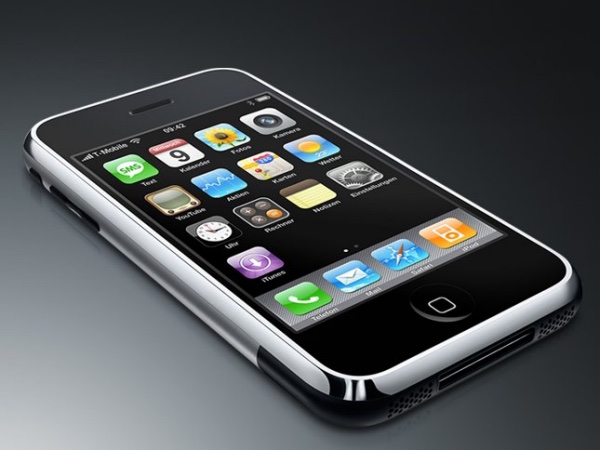Ten years and ten million readers.
I started writing here ten years ago today, ten million hits ago. When titling this journal I had three topics in mind.
‘Photographers’ would address pieces about photographers whose work I like and which in some way influenced my way of seeing. The most influential by far is Henri Cartier-Bresson whose work I first chanced upon in the public library in London, when I was 10 years old. It immediately captivated and does so to this day.
‘Photography’ would address technical aspects of the craft, including both cameras and processing hardware. At the start of the last decade the latter had come to irreversibly mean no more film or chemical darkroom, but rather a digital image and a desktop computer. And thank goodness for that. The amount of time spent on the production process has never been lower. Just download, click a couple of things in LR then push Print. Done.
But the most important of those three aspects of the image captured in the title of this journal is ‘Photographs’ and that means photographs taken by me. This journal is like a television set – if you don’t like the content, switch channels. I have dozens of large prints of my snaps on the walls here, their daily examination reminding me what an absolute blast I have taking pictures. I enjoy my ‘channel’.
My primary interest is street photography and it does not hurt that America’s most photogenic city, San Francisco, is at my doorstep. To illustrate my street work of the past decade I have selected just two rolls’ worth of ‘film’. 72 snaps. Hundreds, maybe thousands, have already appeared here.
What HC-B taught me at the tender age of 10 is that good street photography is much more than just pressing the button at the right moment. Sure, you cannot produce a good image from a poorly timed snap. But the other key attributes abundantly found in HC-B’s street work are a sense of drama, enhanced by an absence of clutter. Accomplishing the latter in street snaps is one of the more challenging aspects of our crowded urban environment. Drama is not an issue. There is a lot to go around in the eternal human comedy.
The other attribute which pervades my snaps is something of which the master’s work is totally devoid. Humor. The sheer pleasure, joy and frequent hilarity the streets of a great American city bring to the eye are the sublimest of pleasures. A life without humor is no life at all.
And there’s one other variable, one about which HC-B was clueless. Color. I have little interest in monochrome snaps, which mostly say to me that the photographer was trying to make a silk purse out of a sow’s ear. We live, as Eliot Porter reminds us, in a world of color.
A quick peek at the bottom of this journal’s page will show how those three major categories addressed here were favored over the past decade:
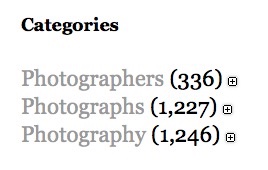
10 years of snaps and writing.
If the ‘Photographers’ category is light, it’s no surprise. There are few out there of note.
The decade since the first entry here on June 15, 2005 has seen this journal bring me tremendous satisfaction, lasting friendships, the joy of both learning and teaching and a wonderful outlet for whatever was in my mind on any one of those 3,000 plus days. If there have been frustrations – resulting solely from trolls who will never contribute anything useful to civilization – then these were quickly forgotten, courtesy of the Delete key and secure in the knowledge that no negative person has ever accomplished anything of value.
I hope you enjoy the slideshow I have put together of those 72 images. Every time I gaze at these snaps I enjoy perfect recall of how each was made and remember the thrill of seeing the moment come together. What other hobby can compare?
Some were sheer automated reaction as a situation presented itself, like the bike-taxi rider (#1), the selfie couple (#9), the joyous street scene (#42), the lady with the raised knee (#64), or Superman entering his car (#65). Others were carefully premeditated, like the lone snapper below the Golden Gate Bridge (#3), the solitary, seated figure outside the CJM (#13) or the lady in the Balenciaga outfit (#54). Three were actually posed – the bell ringer (#7), the unhappy pair in The Saloon (#22) on Grant Street and the glass treader in the Castro (#32). Many were simply magic, like the little boy in the window (#34), the sack carrier (#45), the man with the finger (#47) or the child chasing the bubble (#49) – these last four being snapped in the Mission District, my favorite part of the city.
The flamenco music accompanying the slide show is by Nova Menco, full of that same joie de vivre I experience on the street. Where EXIF data is spotty that’s because the related image was made with an ancient MF Nikkor before I had added a CPU to properly record everything. The occasional hiccup in inter-slide fades is thanks to Adobe’s Lightroom 6.
To view those ‘two rolls’, click the image below. All these snaps were taken in San Francisco. The running time is six minutes, or 5 seconds a slide.
[iframe src=”https://player.vimeo.com/video/132615344″ width=”1000″ height=”563″ frameborder=”0″ webkitallowfullscreen mozallowfullscreen allowfullscreen]
For those of you who have been around for the journey, some 4,000 readers daily, I extend a hearty thanks.
